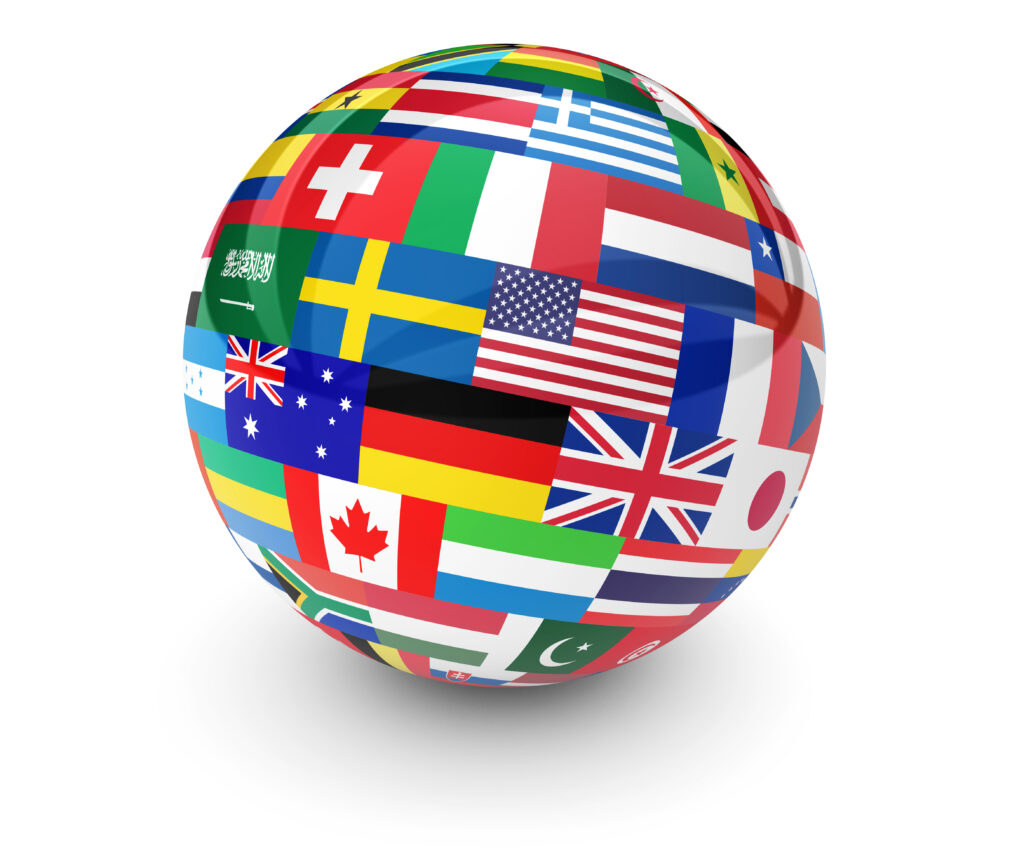Although English, Spanish, and French dominate the linguistic landscape of North and Central America, indigenous languages still thrive throughout the region. Below is a look at the most commonly spoken ones in the United States, Canada, Mexico, and Guatemala.
United States and Canada
Approximately 169 indigenous languages are spoken in the United States and 60 are spoken in Canada. The three largest include:
- Navajo – 170,000. Navajo is the official language of the Navajo Nation. It’s also widely spoken in Arizona and New Mexico, and to a lesser extent in Colorado, California, Texas, Eastern Alaska, and Northwestern Canada. It belongs to the Na-Dené family.
- Cree – 117,000. Cree is spoken by the Cree people across Canada, from Northwest Territories to Labrador. It’s an official language of Northwestern Territories and belongs to the Algonquin family.
- Inuit – 65,025 in Canada and 16,581 in the U.S. Inuit is a closely related group of languages that belong to the Inuit-Yupik-Unangan family. Spoken primarily in Nunavut, Quebec, Labrador, and Alaska, these languages have official status in Nunavut.
Mexico
Sixty-three indigenous languages are recognized in Mexico. Three of the largest are among the country’s official languages. These include:
- Nahuatl – 1.7 million. Nahuatl is spoken by the Nahua people in Central Mexico and in parts of the U.S. It belongs to the Uto-Aztecan language family.
- Yucatec Maya – 792,000. Yucatec Maya, simply called “Maya speech” by its speakers is spoken in Yucatán, Quintana Roo, Campeche, and Northern Belize. It belongs to the Mayan family.
- Mixtec – 500,934. Mixtec is spoken by the Mixteco people throughout Oaxaca, Puebla, Guerrero, and parts of the U.S. It belongs to the Oto-Manguean language family and has two major dialects: mixteco alto and mixteco bajo.
Guatemala
Twenty-one Mayan languages are formally recognized in Guatemala. The three most widely spoken ones belong to the Quichean-Mamean branch of the language family. These include:
- K’iche – 2.3 million. K’iche is the second largest language in Guatemala, and the most widely spoken indigenous language in Mesoamerica. Spoken by the K’iche people of the northern highlands, it’s recognized as a minority language in the country.
- Q’eqchi – 800,000. Q’eqchi is spoken within Q’eqchi communities across Northern Guatemala, Southern Belize, and in parts of Mexico. It’s an official language in Guatemala.
- Kaqchikel – 450,000. Kacqhikel is spoken by the Kacqhikel people of the central highlands. It’s taught in public schools through Guatemala’s bilingual education program.
Indigenous Language Support at Boostlingo
Given the number of indigenous languages throughout North and Central America, you may be wondering how you can find an interpreter when you need one. Fortunately, we offer support for languages such as Navajo, Mixteco Alto, and Mixteco Bajo through our Boostlingo Professional interpreter Network (BPIN).
Want to learn more about how our interpreting platform can help you assist indigenous speakers? Contact us today!




